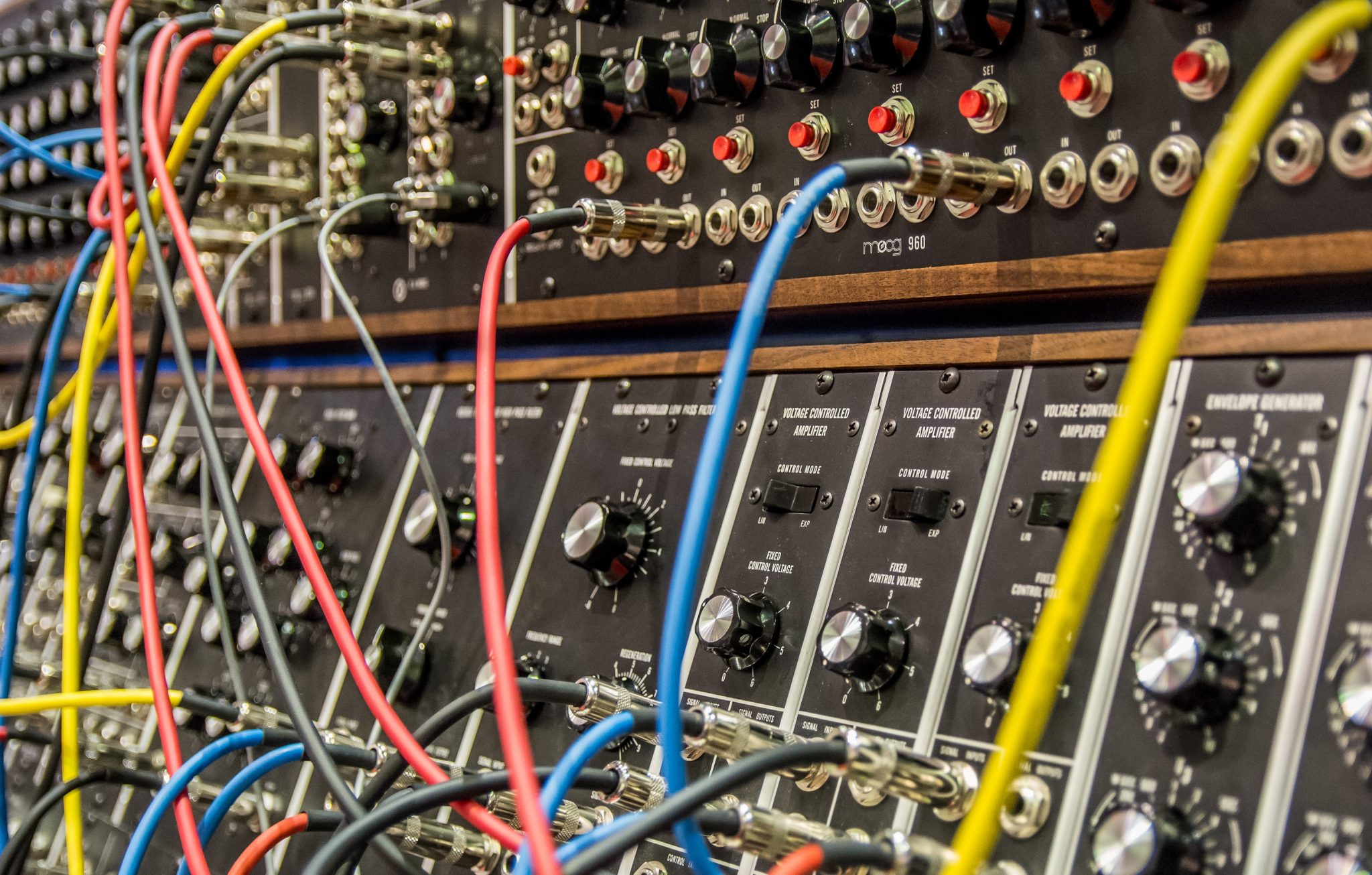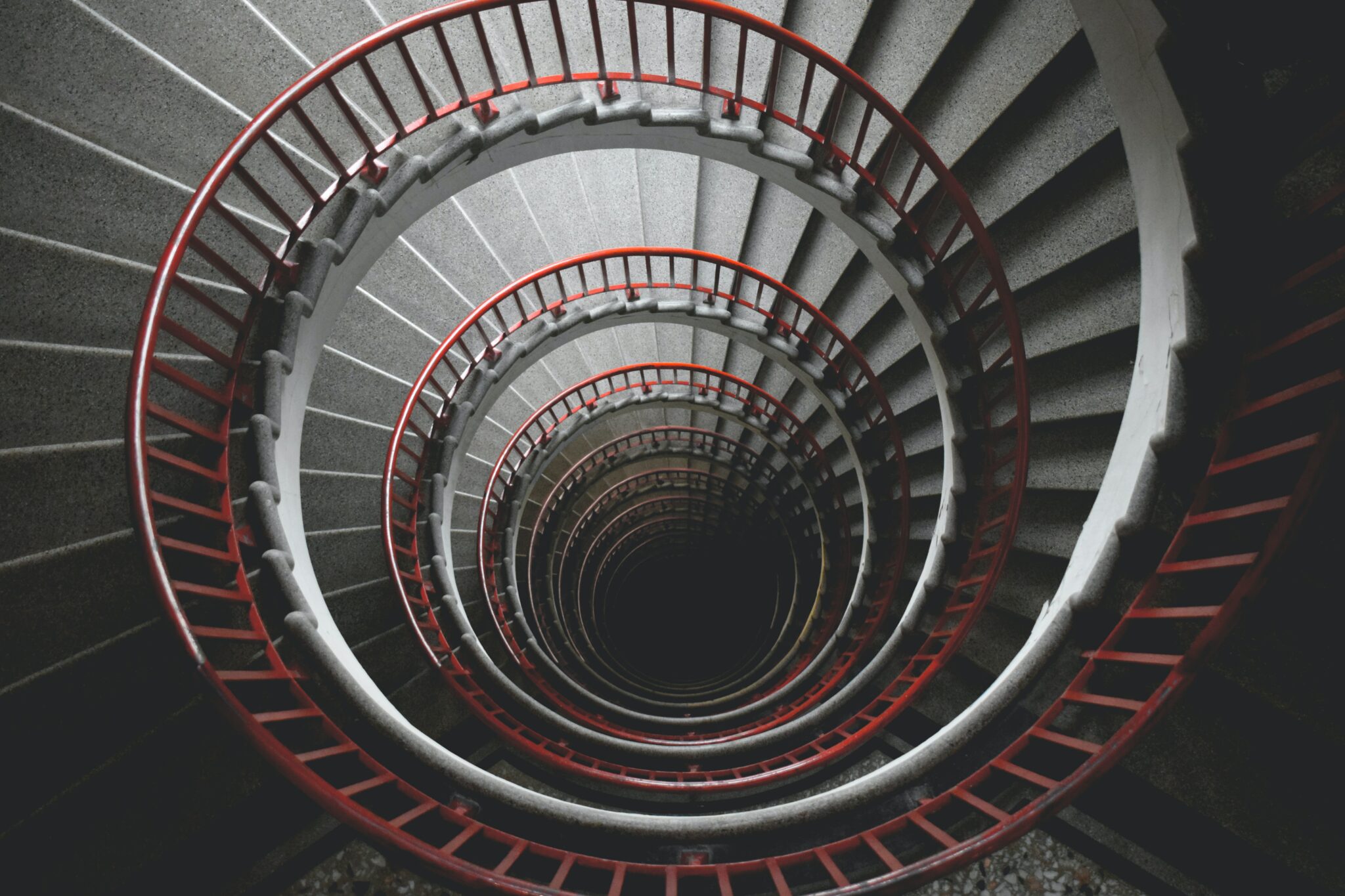Experimentation in music: how far can you go?
If you’re a regular read of this blog, you know that I encourage people to indulge in experimentation in music and to think “outside-the-box”; to try out new ideas in their music. That said, sometimes it’s difficult to judge how experimental one can get, and to understand the potential downfalls of going too far off into the experimental world. As someone who’s been running a label in which we constantly take risks and avoid shallow trends, I am familiar with the effects of being too experimental.
Recently, I had my friend Stereo_IMG in-studio for a session and he was talking about how hard it is these days to get any attention from labels. We have an EP finished and it seems like wherever we send it, we are not getting very much feedback at all (not even a rejection)—just no information at all. The mixing and sound design are solid, and on paper, to me it seems like there are no technical issues with our work. However, I think that we might be taking some risks that labels might be afraid to embrace.
I got some really interesting insights from an article I read last week about how people deal with novelty. The article discusses how people are attracted to familiarity; humans are more at ease when they can recognize things. According to this article, we look for familiarity in our lives, which explains why routines and rituals are often very popular and have been passed down through generations. We also look for patterns in our lives, and when we decode a series of things that make sense to us, we will even see it as a message—something that we can comprehend; a part of a system we use to learn. No wonder repetition is a good way to get familiar with something!
If we apply these concepts of familiarity to electronic music, it’s fairly simple to see how electronic music is directly linked to this process. Certain genres have recognizable sounds, patterns, and techniques. These patterns aren’t just for DJs who mix, but for people to be able to identify a style. Compared to DJs who mix tracks seamlessly over the course of an evening, top 40 DJs get away with going all over the place without smooth mixing because they’re playing music people can recognize (I’ve never understood the idea of going out to hear music you know, but that’s just me). The commercial music these DJs play is very formulaic; each song differs little from the next. People who are mostly familiar with commercial music are seeking that specific vibe within the boundaries they’re familiar with.
I was at the park over the weekend and there were these two young ladies nearby, drinking, smoking, and listening to Spotify on their phones. They were talking the whole time, never really listening to what was actually playing. They were listening mostly to indie pop; stuff that didn’t feel new and that was very similar to music I heard from other cars driving by. The only time they stopped talking was when Spotify accidentally played a song not in the playlist because it had reach the end. “This is not good”, said the phone owner after hearing just a few seconds of an unexpected track. “Spotify is buggy”, she added, but to my ear, what was now playing was exactly in the same tone and style as the previous song, though she had probably never heard it. Her reaction to “unknown” music was very strong, and it made me smile.
I had played a gig the night before this experience in the park; I had a great time improvising music from material I had prepared. I noticed that people were also talking for the duration of my set, but most people were also dancing, whistling, and cheering. The moments when people would pay more attention to the set were when I’d throw in some weirdness (Pheek TM). These moments of novelty felt like they were suddenly grabbing the audience’s attention. In these moments, I’d also include positive bass-lines and funky percussion to make them feel “safe”. It seems to me like there’s a good ratio to respect when you’re experimenting, and if you don’t overdo it, you can get away with almost anything.
However, I can’t use weirdness and novelty the whole time because then their feelings of familiarity—according to the “mere-exposure effect”—will be ruined. If you over-expose people to something new, they will get bored. This is why in the most exciting sets you reach experimental plateaus where the audience’s minds can wander, but then they’re brought back on track to something familiar. Without the release of the familiar into something unfamiliar and vice-versa, you can’t create this attention-grabbing effect. In other words, “you can’t connect if you’re not divided first.”
This battle between familiarity and discovery affects us “on every level,” Hekkert says—not just our preferences for pictures and songs, but also our preferences for ideas and even people.
My personal conclusion about experimentation is to start by being really aware of whatever style you’re working in. I feel it’s important to really familiarize yourself with the leaders in that style, and then understand the are leaders: why what they do works, and why people like it. One of the reasons why an artist’s peak begins to fade has to do with the theory of over-exposure, after which people’s interest dulls and they will start looking for something new. A good way to remain “interesting”—not only in one song or album, but over years—is to keep yourself on a trajectory; not showing your hand all at once, but instead revealing your novelty in small amounts. Restraint is an important feature of good music that listening to podcasts can help you understand reveal: how do artists distinguish themselves in what they do?
I find that people who often innovate in a very popular ways are people who came from an external community into a new one (say from punk to techno, for example), intentionally or unintentionally adding cross-influences into what they make. To them, this mix of styles sounds new to both themselves and people who are into that particular scene. This was one thing that Petre Inspirescu did so well; he brought his love for classical music into minimal house—and it worked perfectly.
Setting rules for yourself to create “familiarity” for listeners in the style you’re working in, while also searching for what perhaps hasn’t been done within that style, is a great way to determine the amount of novelty you might be able to include in your work. People seem to be put-off by setting rules in creative work, but limitations you impose on yourself give you a creative jump into something more organized. Without these rules, you might end up like Stereo_IMG and myself: creating material that is too “outside-the-box” to fit anywhere.
SEE ALSO : Using Quad Chaos












Leave a Reply
Want to join the discussion?Feel free to contribute!